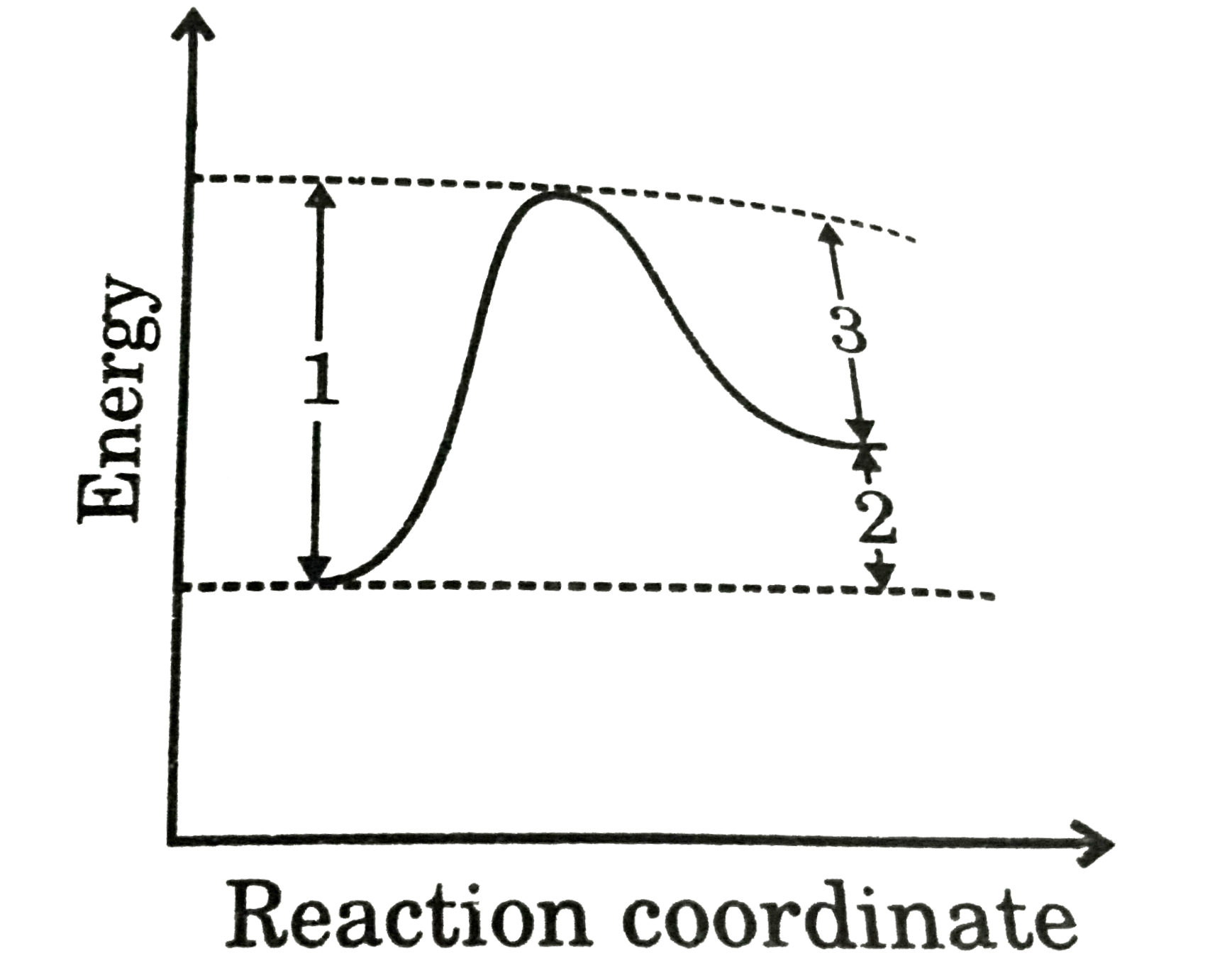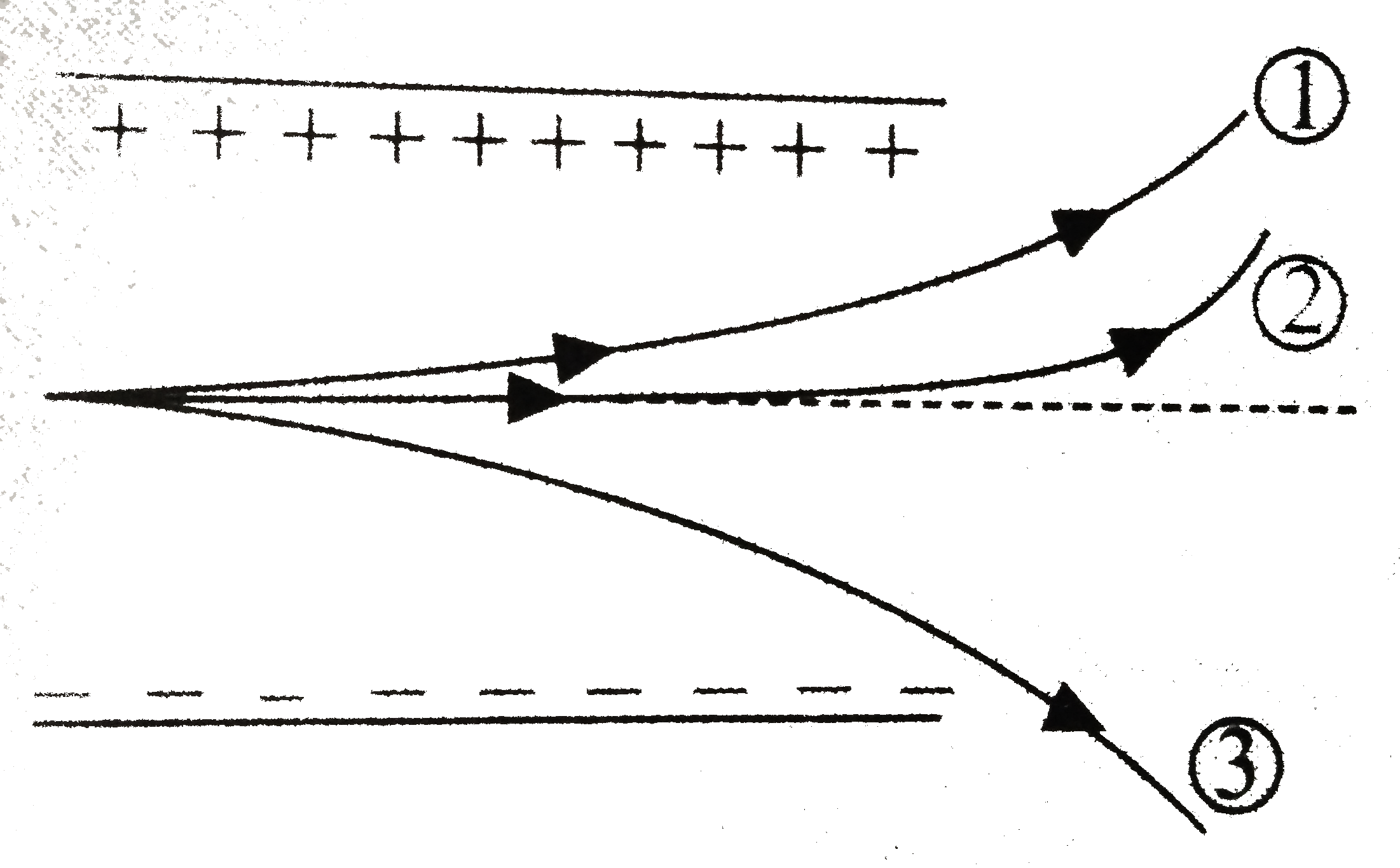Which of the three charging methods can charge two completely neutral objects?
To determine which of the three charging methods can charge two completely neutral objects, we need to analyze the methods of charging: conduction, induction, and friction.
1. Identify the Charging Methods:
- The three common methods of charging are:
- Charging by friction
- Charging by conduction
- Charging by induction
2. Understanding Charging by Friction:
- When two neutral objects are rubbed against each other, electrons can be transferred from one object to another due to friction.
- This transfer occurs because the materials have different affinities for electrons.
3. Effect of Charging by Friction:
- When one object loses electrons, it becomes positively charged (since it has more protons than electrons).
- The other object, which gains electrons, becomes negatively charged (since it has more electrons than protons).
- Therefore, both objects can be charged from a neutral state through this method.
4. Conclusion:
- Among the three methods, charging by friction is the only method that can effectively charge two completely neutral objects.
Final Answer:
Charging by friction can charge two completely neutral objects.
---
- The three common methods of charging are:
- Charging by friction
- Charging by conduction
- Charging by induction
- When two neutral objects are rubbed against each other, electrons can be transferred from one object to another due to friction.
- This transfer occurs because the materials have different affinities for electrons.
- When one object loses electrons, it becomes positively charged (since it has more protons than electrons).
- The other object, which gains electrons, becomes negatively charged (since it has more electrons than protons).
- Therefore, both objects can be charged from a neutral state through this method.
- Among the three methods, charging by friction is the only method that can effectively charge two completely neutral objects.
Charging by friction can charge two completely neutral objects.
Topper's Solved these Questions
- SOME NATURAL PHENOMENABOOK - PEARSON IIT JEE FOUNDATIONCHAPTER - SOME NATURAL PHENOMENAEXERCISE - Track Your Learning-I
9 Videos
- SOME NATURAL PHENOMENABOOK - PEARSON IIT JEE FOUNDATIONCHAPTER - SOME NATURAL PHENOMENAEXERCISE - Track Your Learning-II
5 Videos
- SOME IMPORTANT ELEMENTS AND THEIR COMPOUNDSBOOK - PEARSON IIT JEE FOUNDATIONCHAPTER - SOME IMPORTANT ELEMENTS AND THEIR COMPOUNDSEXERCISE - Level-3
10 Videos
- SYNTHETIC FIBRES AND PLASTICS BOOK - PEARSON IIT JEE FOUNDATIONCHAPTER - SYNTHETIC FIBRES AND PLASTICS EXERCISE - COMPETITION CORNER (Choose the correct option)
53 Videos
Similar Questions
Knowledge Check
Assertion: Two electrically neutral metal spheres in contact are moved closer to a charged object and then separated away from each other using insulating handles in the presence of e charged object, Both the neutral objects acquire equal and opposite charges.
Reason: When two metallic objects in contact are brought closer to a charged object then electrons are transferred from one object to the other due to induction phenomenon. If we separate the objects in presence of a charged object then electrons are unable to flow back to the original object.AIf both assertion and reason are correct and reason is a correct explanation of the assertion .BIf both assertion and reason are correct but reason is not the correct explanation of assertionCIf assertion is correct but reason is incorrectDIf assertion is incorrect but reason is correct.Which dimensions in the diagram can be charged.
 A1 and 2 onlyB1 and 3 onlyC2 and 3 onlyD1,2,3
A1 and 2 onlyB1 and 3 onlyC2 and 3 onlyD1,2,3Which of the given statements explain how a negatively charged object becomes neutral when someone touches it?
AElectrons flow from the object.BElectrons flow onto the object.CProtons flow from the object.DProtons flow onto the object.
Which of the following is a neutrally charged particle
View SolutionCharging by friction gives rise to equal and opposite charges in two formerly neutral bodies. Explain why?
View SolutionFigure shows the tracks of three charged particles in a unform electrostatic field projected parallel to a plate with the same velocity. Give the signs of the three charges. Which of the three charges. Which of the three particles has the highest charge-to-mass ratio?

View SolutionGive two examples of charged objects.
View Solution_____ is the only method through which two completely uncharged bodies can be charged.
View Solution
